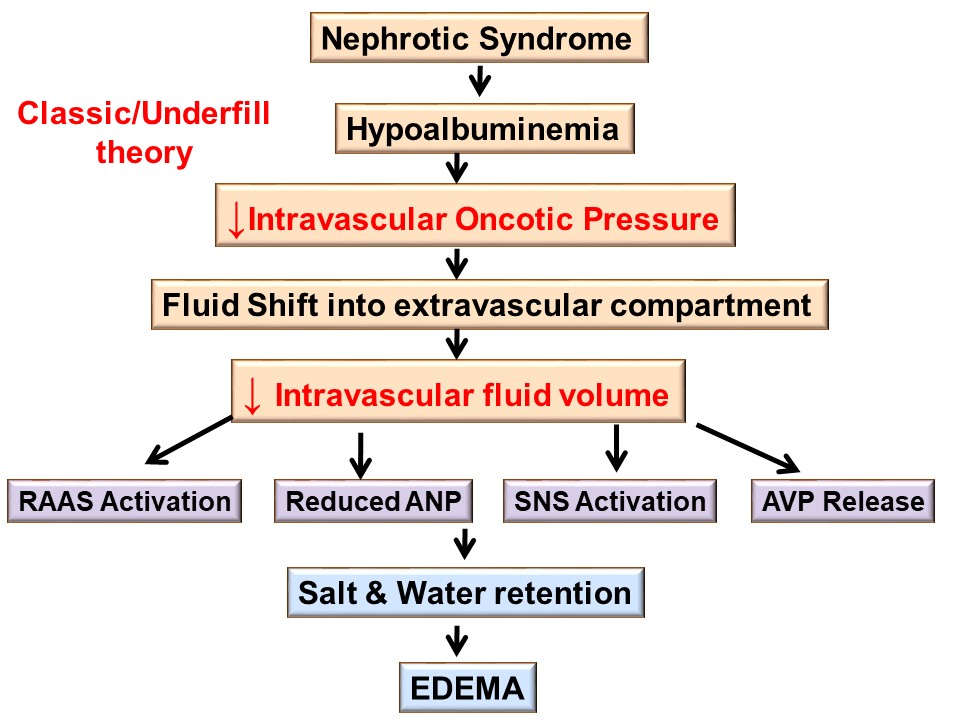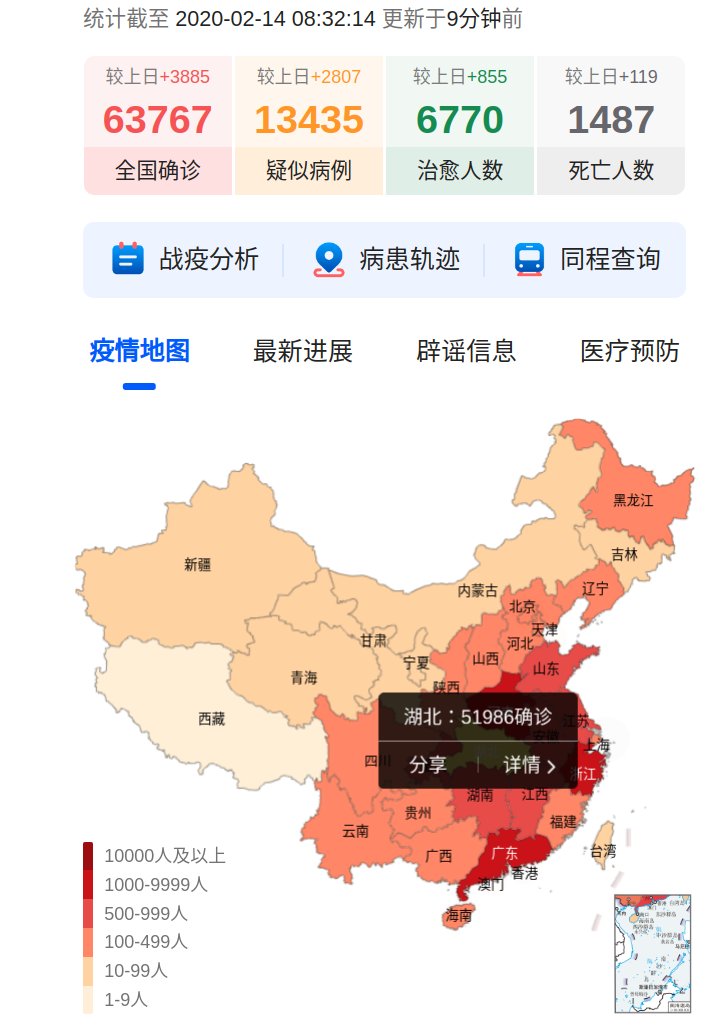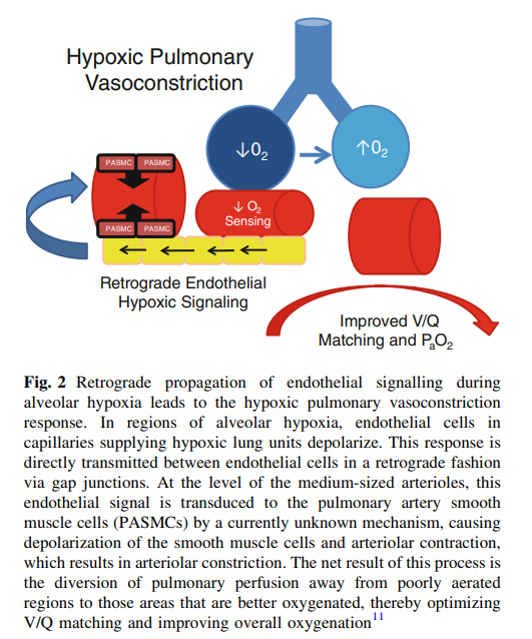SARS-CoV-2 and the RAAS System
Curious about the role of ACE2 in the pathophysiology of #COVID19? Read on!
#medtwitter #cardiotwitter #tweetorial @MedTweetorials @boback @gcfmd @kewatson @datsunian @AliNsairMD @tony_breu @JeffHsuMD @uclaimchiefs @drtishawang
What is the role of angiotensin converting enzyme 2 (ACE2)?
What do ACEi/ARBs do to ACE2 levels?
First, a quick trip down memory lane back to the renin-angiotensin-aldosterone (RAAS) system. Angiotensinogen is a precursor protein produced in the liver. It is acted on by the protease renin to produce angiotensin I (AT I).
AT I is converted by angiotensin converting enzyme (ACE) to AT II. AT II has many effects including vasoconstriction, inflammation, and smooth muscle proliferation.
Turns out that the RAAS system does more than just crank out AT II. Another enzyme, ACE2, also acts on AT I, ultimately leading to the creation of AT 1-7, a protein that causes vasodilatation and anti-proliferation. ACE2 also degrades AT II to AT 1-7.
The RAAS system plays an important role in the heart and lungs, which express ACE and ACE2. In the lungs, increased levels of ACE associate w/ pulmonary hypertension, pulmonary fibrosis and ARDS. It is thought that ACE2 helps counterbalance these adverse effects.
While ACE2 knockout mice do not have gross lung abnormalities, they have been shown to be more susceptible to severe acute lung failure, which is attenuated by injection of recombinant human ACE2.
PMID: 16001071
In the heart, ACE2 knockout mice develop cardiac dysfunction including decreased fractional shortening and LV thinning. Interestingly, this has been shown to be more predominant in male mice. Hearts of ACE2 knockout mice also have increased AT II levels.
PMID: 12075344
So what does all this have to do with #COVID19. It turns out that SARS-CoV 2 uses ACE2 as a receptor to gain entry into cells. To understand the consequences of this, we turn to animal models of a similar coronavirus, SARS-CoV (SARS).
SARS also uses the ACE2 receptor to gain entry into cells. In animal SARS models, alveolar and cardiac myocytes experience severe down regulation of ACE2 and an increase in AT II once infected.
It has therefore been suggested that the cardiac and pulmonary damage from SARS and SARS-CoV-2 may at least in part be explained by a loss of the protective effects of ACE2.
PMID: 16007097, 19453650
So we are left with a conundrum. ACE2 is required for infection by SARS-CoV-2, yet once infected, ACE2 may play an important role in preventing cardiac and alveolar injury.
This has important implications when thinking of future therapeutics. While targeting the ACE2 receptor may seem like an obvious choice, it may have significant downstream consequences.
Drugs such as ACEi and NSAIDs increase ACE2 density. While in theory, discontinuing these drugs to decrease ACE2 levels may seem practical, it is unclear what acute lowering of ACE2 levels may mean in a patient who is then infected with SARS-CoV-2.
Summary:
-ACE and ACE2 are part of the RAAS system, working together to maintain homeostasis
-SARS-CoV-2 uses ACE2 as a receptor to enter the cell and then likely down regulates ACE2 expression
-downregulation of ACE2 may result in significant cardiac and alveolar injury








